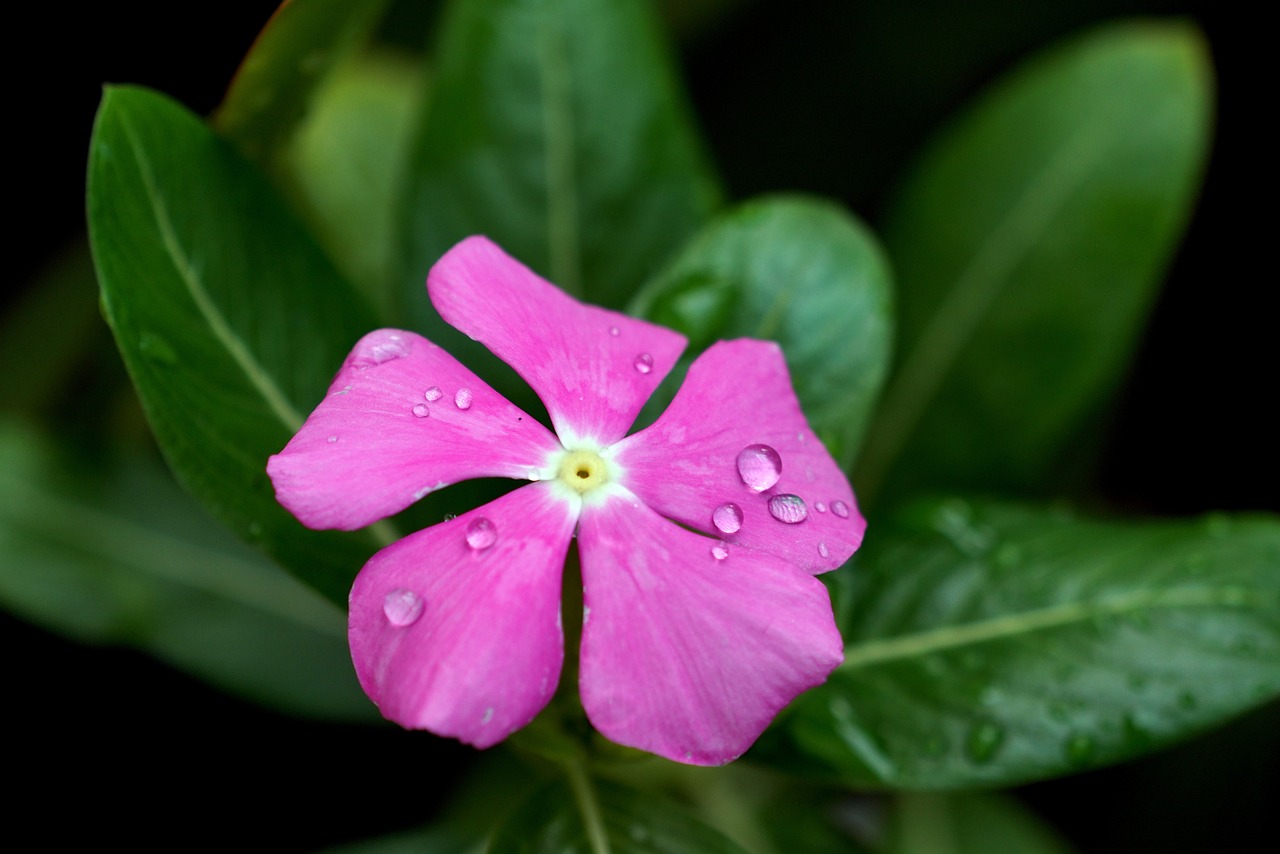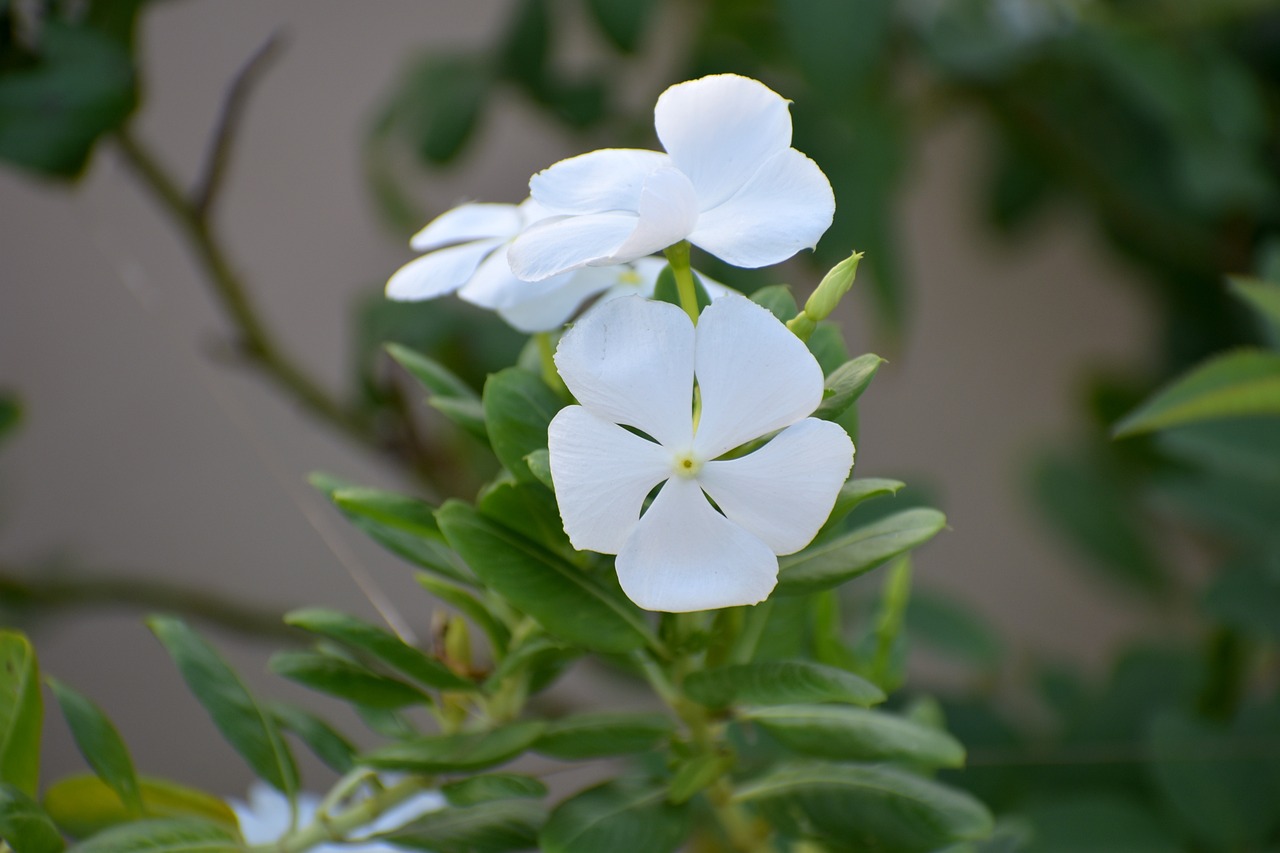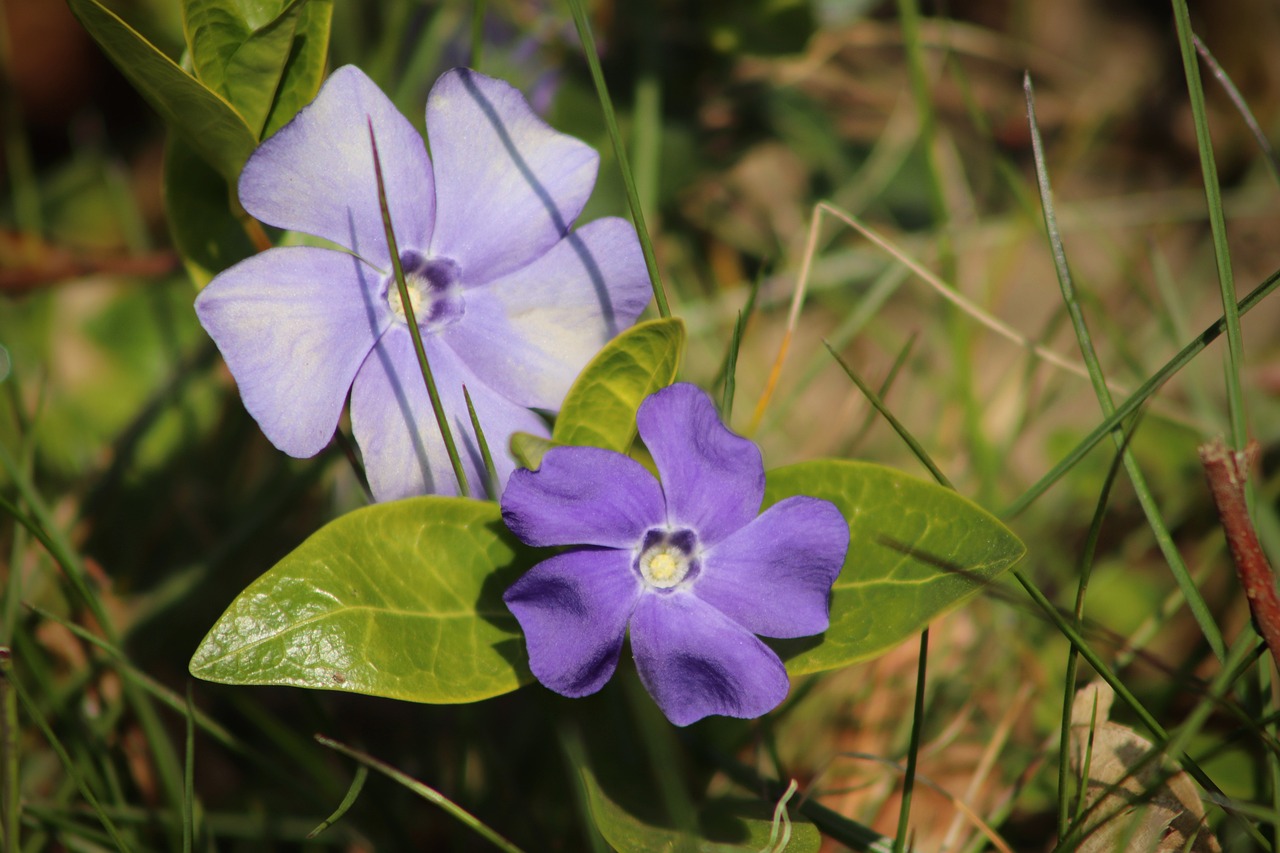“`html
All You Need to Know About Vinca: Characteristics, Cultivation, and Care
Vinca, often known as periwinkle, is a charming and versatile plant that can add color and vibrancy to any garden. In this comprehensive guide, we will explore vinca’s characteristics, its ideal growing conditions, and tips for successful cultivation. Additionally, we will delve into its symbolic meanings and uses, making this post a complete resource for vinca enthusiasts.
Understanding Vinca: An Overview
Characteristics of Vinca
Vinca belongs to the Apocynaceae family and is typically known for its glossy green leaves and vibrant flowers. This evergreen plant is perennial in nature, offering a lush green cover throughout the year in suitable climates. The most common species include Vinca minor and Vinca major, each having its distinct features and growth patterns.
Natural Habitat
Vinca is native to Europe, northwest Africa, and southwest Asia, thriving in woodland areas and along riverbanks. It prefers shaded or partially shaded locations with well-draining soil, making it an excellent ground cover for areas where grass struggles to grow.
Symbolic Meaning and Flower Language
In the language of flowers, vinca symbolizes friendship, loyalty, and everlasting love. Its ever-present nature and resilience have contributed to these positive associations, making it a popular choice for gardens designed with emotional or symbolic themes.
How to Grow Vinca: A Step-by-Step Guide
Choosing the Right Location
For optimal growth, select a location that offers partial shade. Vinca can tolerate full sun but may require additional watering to prevent the soil from drying out. Ensure the soil is well-draining to prevent root rot, a common issue with overwatered plants.

Soil Preparation
Before planting, enrich the soil with organic matter such as compost or well-rotted manure. This will provide the vinca with essential nutrients and improve soil drainage. The ideal soil pH for vinca ranges from slightly acidic to neutral (6.0-7.0).
Planting Vinca
Vinca can be planted from seeds, cuttings, or nursery-bought plants. When planting seeds, sow them in early spring, ensuring they are covered lightly with soil. For cuttings or nursery plants, space them about 12 to 18 inches apart to allow for sufficient growth and root expansion.
Watering and Fertilizing
Water vinca regularly, particularly during dry spells, but avoid overwatering. The soil should be moist but not waterlogged. Fertilize vinca annually in early spring with a balanced, slow-release fertilizer to promote healthy growth and vibrant flowering.
Pest and Disease Management
Vinca is generally resistant to pests and diseases. However, watch for aphids and spider mites, particularly if the plant is stressed. Treat infestations with insecticidal soap or neem oil if necessary. Ensure good air circulation to prevent fungal diseases.

Additional Tips for Vinca Care
Pruning and Maintenance
Regularly prune vinca to maintain its shape and encourage bushier growth. Remove any dead or diseased foliage to keep the plant healthy. Vinca can become invasive in some regions, so controlling its spread through regular maintenance is important.
Companion Planting
Vinca pairs well with other shade-loving plants such as hostas, ferns, and astilbe. Its low-growing habit makes it an excellent ground cover beneath taller shrubs and trees, providing a lush, green backdrop that complements other garden plants.
Using Vinca in Landscaping
Due to its hardiness and attractive foliage, vinca is commonly used in landscaping projects for ground cover, erosion control, and decorative borders. Its ability to thrive in less-than-ideal conditions makes it a favorite among landscapers and gardeners alike.
Conclusion
Vinca is a highly adaptable and rewarding plant for both novice and experienced gardeners. With its evergreen nature, beautiful blooms, and low maintenance requirements, it can enhance the aesthetic appeal of any outdoor space. By following the guidelines outlined above, you can successfully grow and care for vinca, ensuring it remains a vibrant part of your garden for years to come.
For more information on vinca and its varieties, visit The Royal Horticultural Society. Additionally, check out our Gardening Tips for more insights on maintaining a healthy and beautiful garden.
“`
